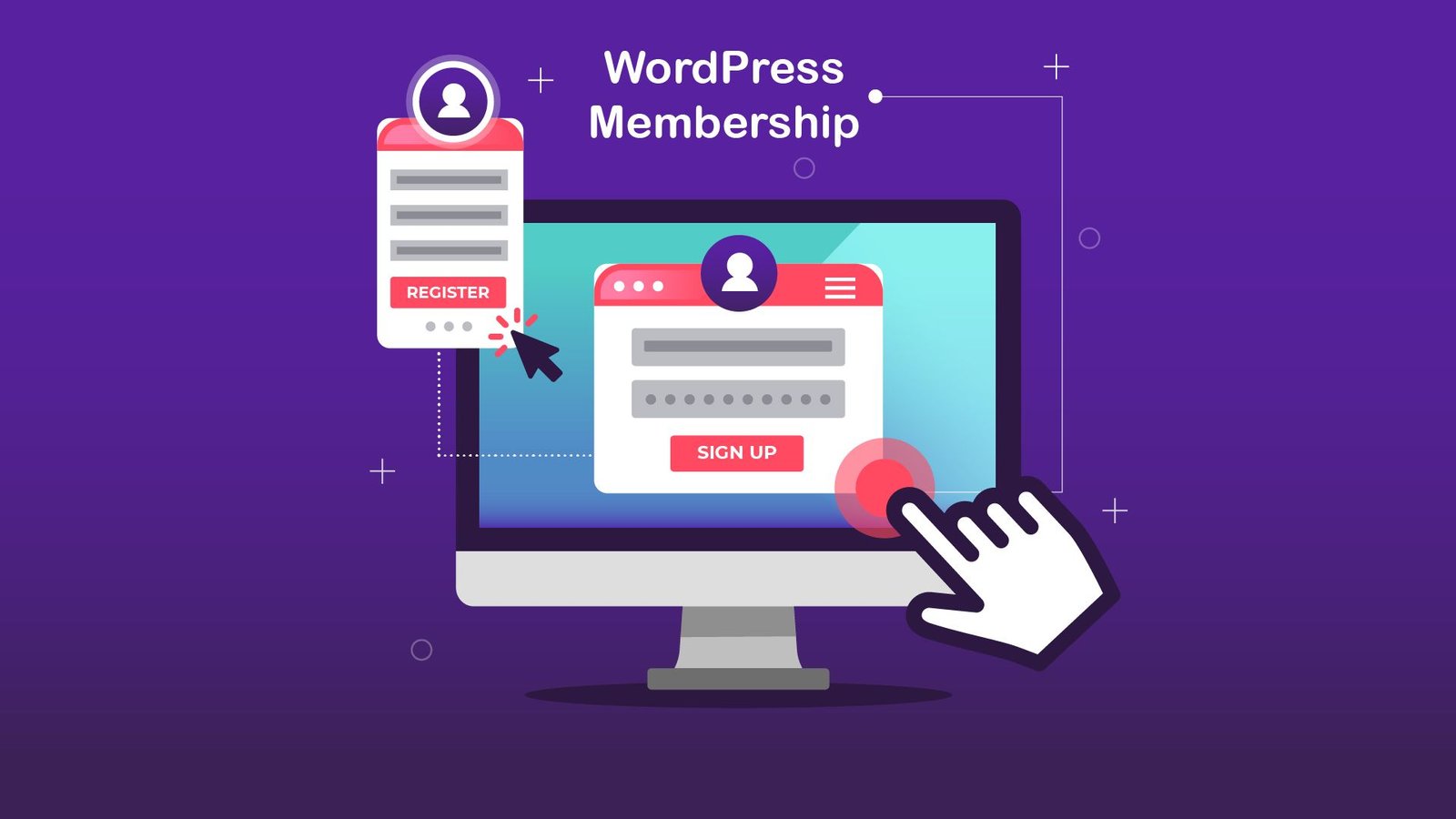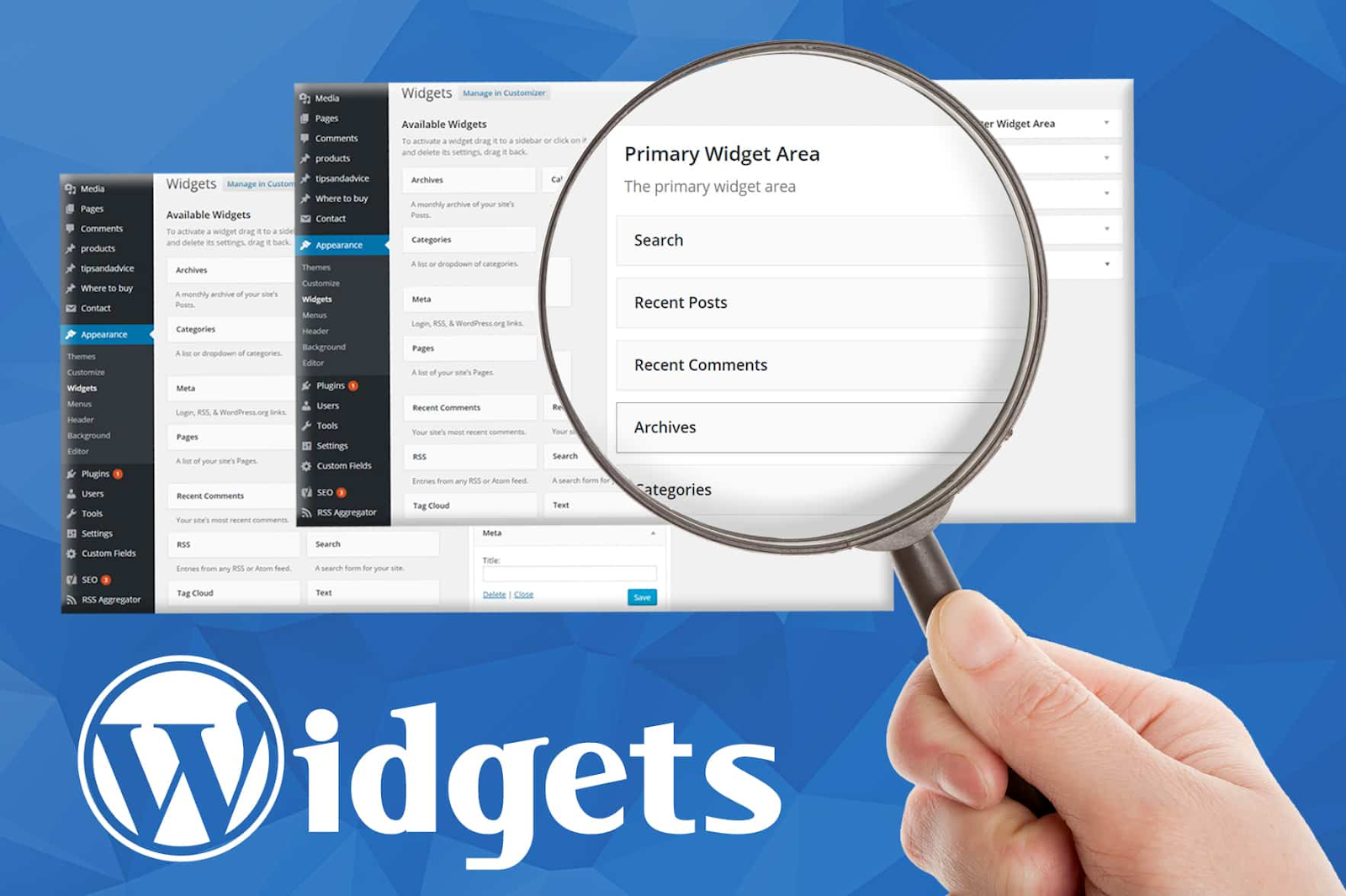If you’re looking to create a membership site, using WordPress to build it is a fantastic choice. WordPress offers a range of features and plugins that make setting up and managing a membership site straightforward. In this guide, we’ll walk you through how to use WordPress to build a membership site, covering everything from initial setup to essential plugins and strategies for success.
Understanding How to Use WordPress to Build a Membership Site
Using WordPress to build a membership site allows you to create a platform where users can register, log in, and access exclusive content or services. WordPress is highly customizable and supports various plugins that can help you manage memberships, restrict content, and handle payments. Here’s a step-by-step guide to get you started.

1. Choose a Reliable Hosting Provider
Before diving into WordPress, select a reliable hosting provider that supports WordPress installations. Look for a host with good performance, uptime, and customer support. Some hosting providers even offer managed WordPress hosting plans that simplify the setup process.
2. Install WordPress
Once you’ve chosen your hosting provider, install WordPress. Most hosting providers offer one-click WordPress installations, making the process quick and easy. If you prefer a manual installation, download WordPress from its official website and follow the installation instructions.
3. Select a Membership Plugin
To use WordPress to build a membership site effectively, you’ll need a membership plugin. Popular options include MemberPress, Restrict Content Pro, and Paid Memberships Pro. These plugins offer features such as content restriction, member management, and subscription handling.
4. Configure Membership Levels
After installing your chosen membership plugin, configure membership levels based on your site’s needs. You can create different membership tiers with various access levels and benefits. For example, you might have a basic, premium, and VIP membership with distinct privileges.
Join the Global Forum Community
ForenWorld.net connects enthusiasts from around the world, offering discussions on technology, lifestyle, and current trends. Members can share insights, ask questions, and engage in meaningful conversations across diverse topics. For those looking to mix entertainment with their online experience, visit the kingjohnnie Homepage for exciting interactive activities. Engaging with communities and leisure platforms together enhances your digital experience.
5. Set Up Content Protection
One of the key features of a membership site is content protection. Use your membership plugin to restrict access to specific pages, posts, or sections of your site. This ensures that only members with the appropriate subscription level can view premium content.
6. Customize Registration and Login Forms
Customize your registration and login forms to match your site’s design and branding. Ensure that the forms are user-friendly and easy to navigate. Most membership plugins offer customization options, so you can tailor the forms to fit your needs.
7. Implement Payment Gateways
To monetize your membership site, integrate payment gateways that allow you to process subscription payments. Popular payment gateways include PayPal, Stripe, and Authorize.net. Configure the payment settings in your membership plugin to handle transactions securely.
8. Create Exclusive Content
Develop content that is valuable and exclusive to your members. This could include articles, videos, webinars, or downloadable resources. High-quality, exclusive content will attract and retain members, encouraging them to maintain their subscriptions.
9. Design an Intuitive Member Dashboard
A well-designed member dashboard enhances the user experience. Ensure that members can easily access their account details, subscription status, and exclusive content. Most membership plugins provide options for customizing the member dashboard to suit your needs.
10. Set Up Email Notifications
Email notifications are crucial for keeping members informed about their subscriptions, new content, and special offers. Set up automated email notifications for events such as new content releases, membership renewals, and account updates.
11. Optimize for Mobile Devices
Ensure your membership site is mobile-friendly. Many users will access your site from smartphones and tablets, so it’s essential to have a responsive design. Test your site on various devices to ensure a seamless experience for all users.
12. Monitor Membership Activity
Regularly monitor membership activity to understand user behavior and engagement. Use analytics tools to track metrics such as active members, content views, and subscription renewals. This data can help you make informed decisions and improve your site.
13. Implement Security Measures
Security is crucial when managing a membership site. Protect user data and ensure secure transactions by using SSL certificates and following best security practices. Regularly update WordPress, your theme, and plugins to safeguard against vulnerabilities.
14. Provide Excellent Customer Support
Offering excellent customer support enhances the overall experience for your members. Be responsive to inquiries, address issues promptly, and provide clear instructions for common problems. Good support can improve member satisfaction and retention.
15. Continuously Improve Your Site
Finally, continuously improve your membership site based on user feedback and performance data. Regularly update content, refine features, and explore new ways to engage and retain members. Keeping your site fresh and relevant will help you grow and succeed.
Conclusion
Using WordPress to build a membership site offers flexibility and powerful features to manage memberships effectively. By following these steps—such as selecting the right plugins, setting up content protection, and integrating payment gateways—you can create a successful membership site. Remember to focus on providing value to your members and continuously improving your site to ensure long-term success.




